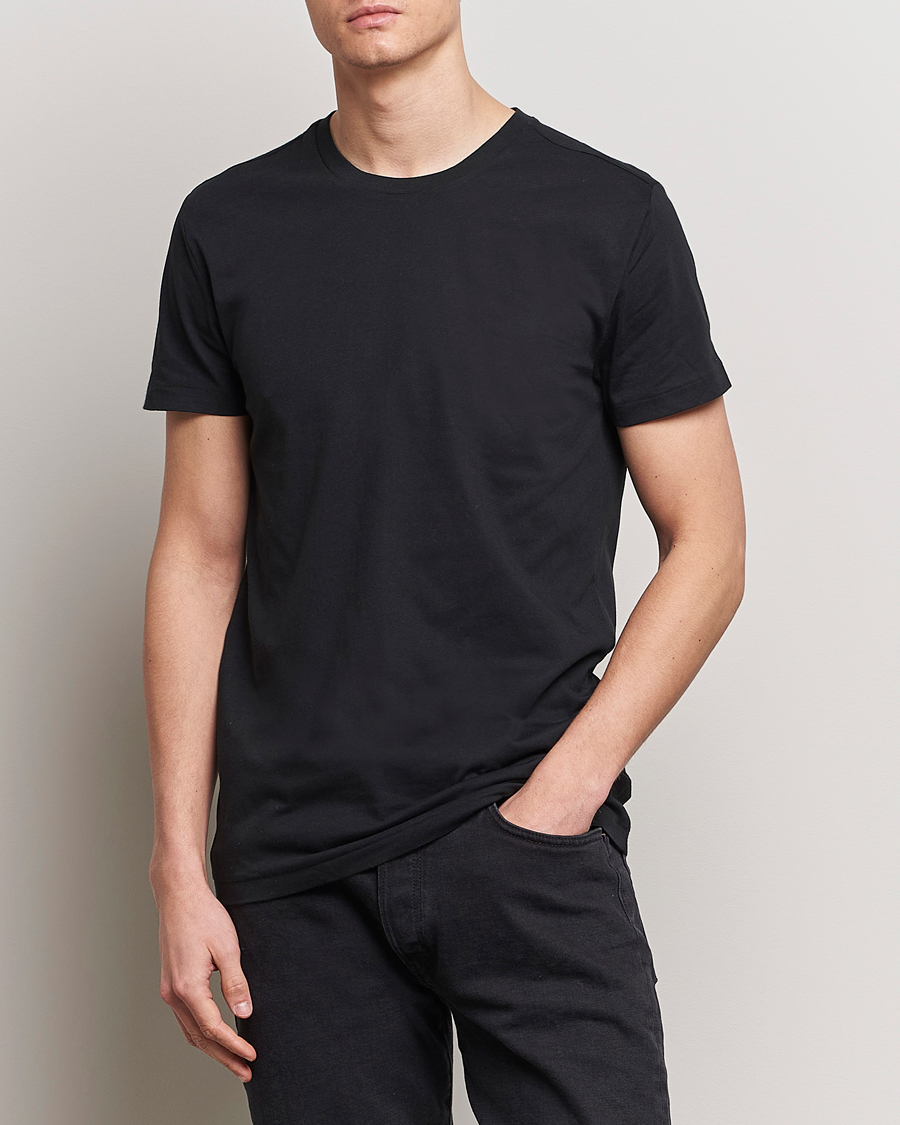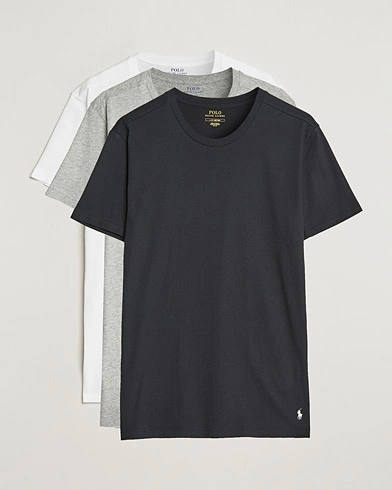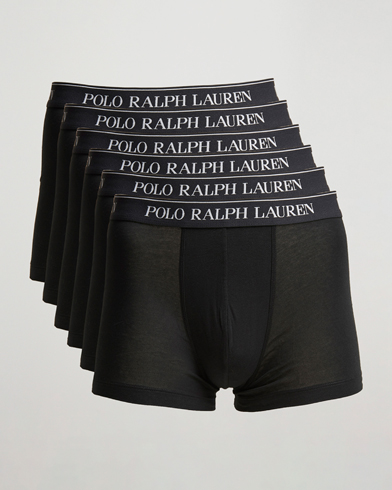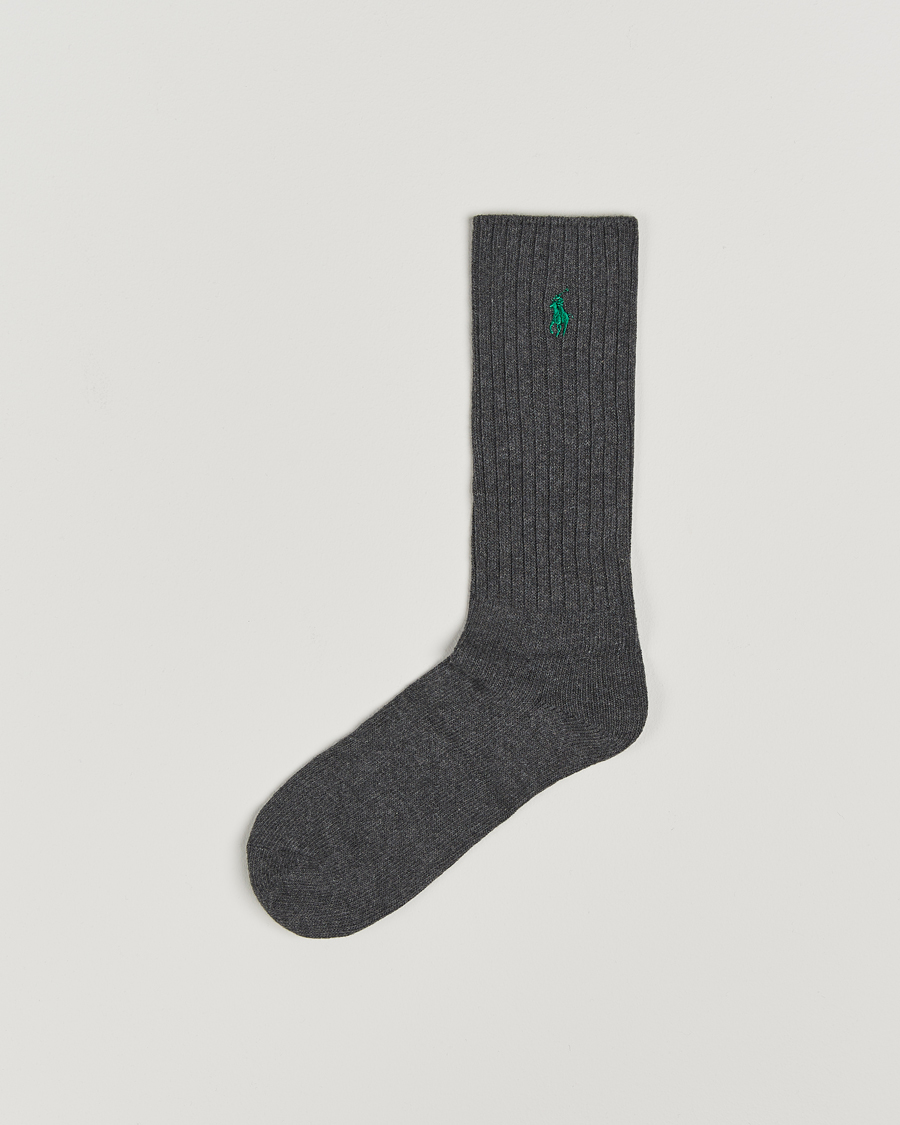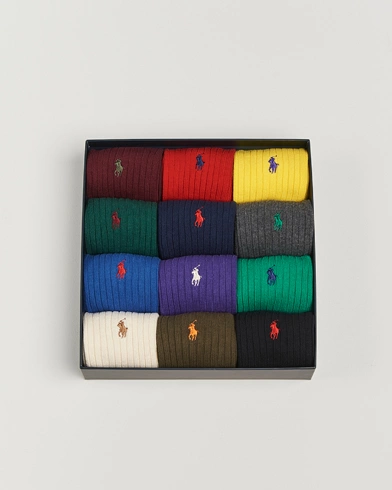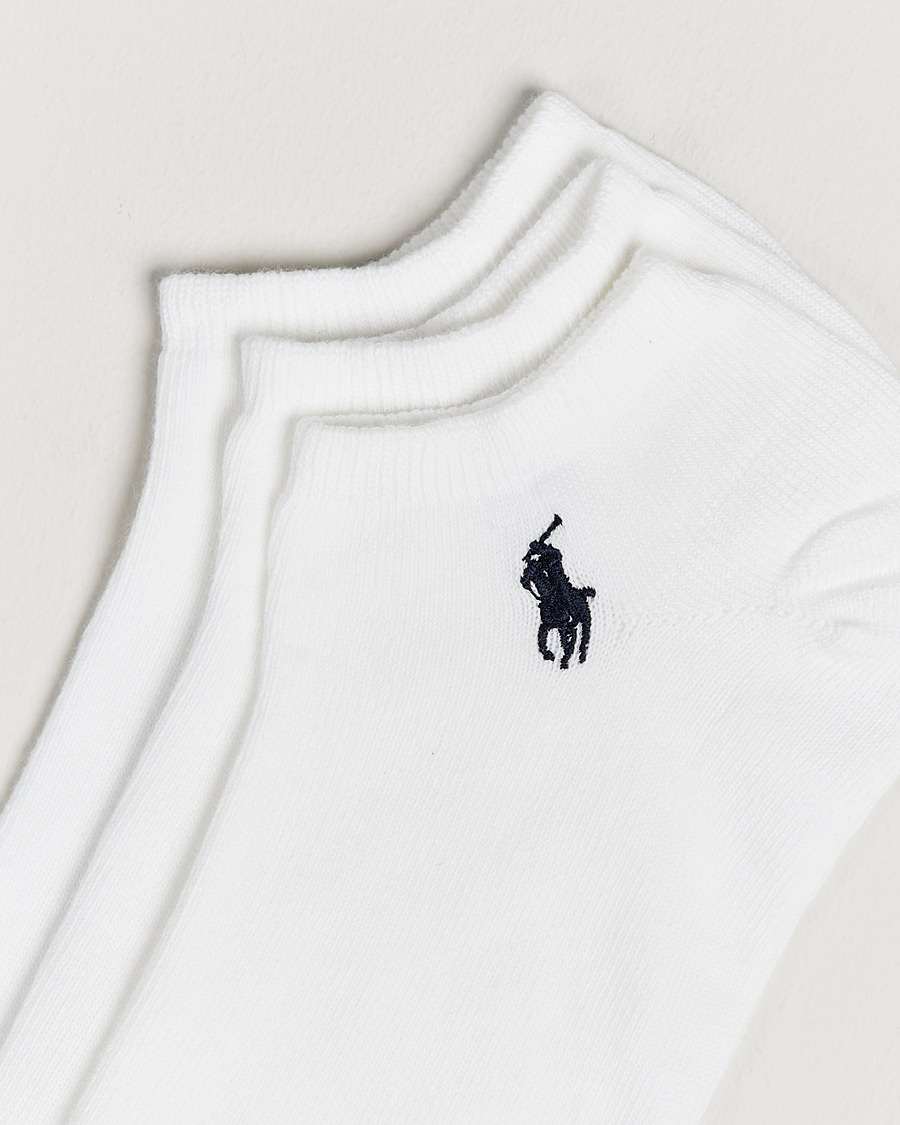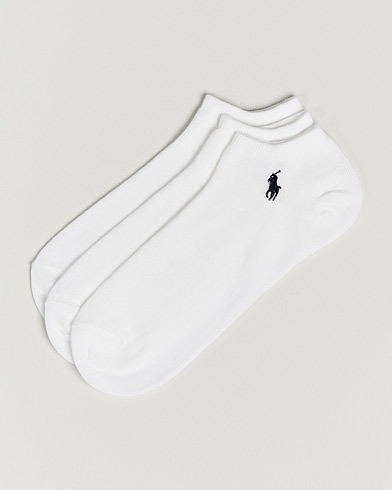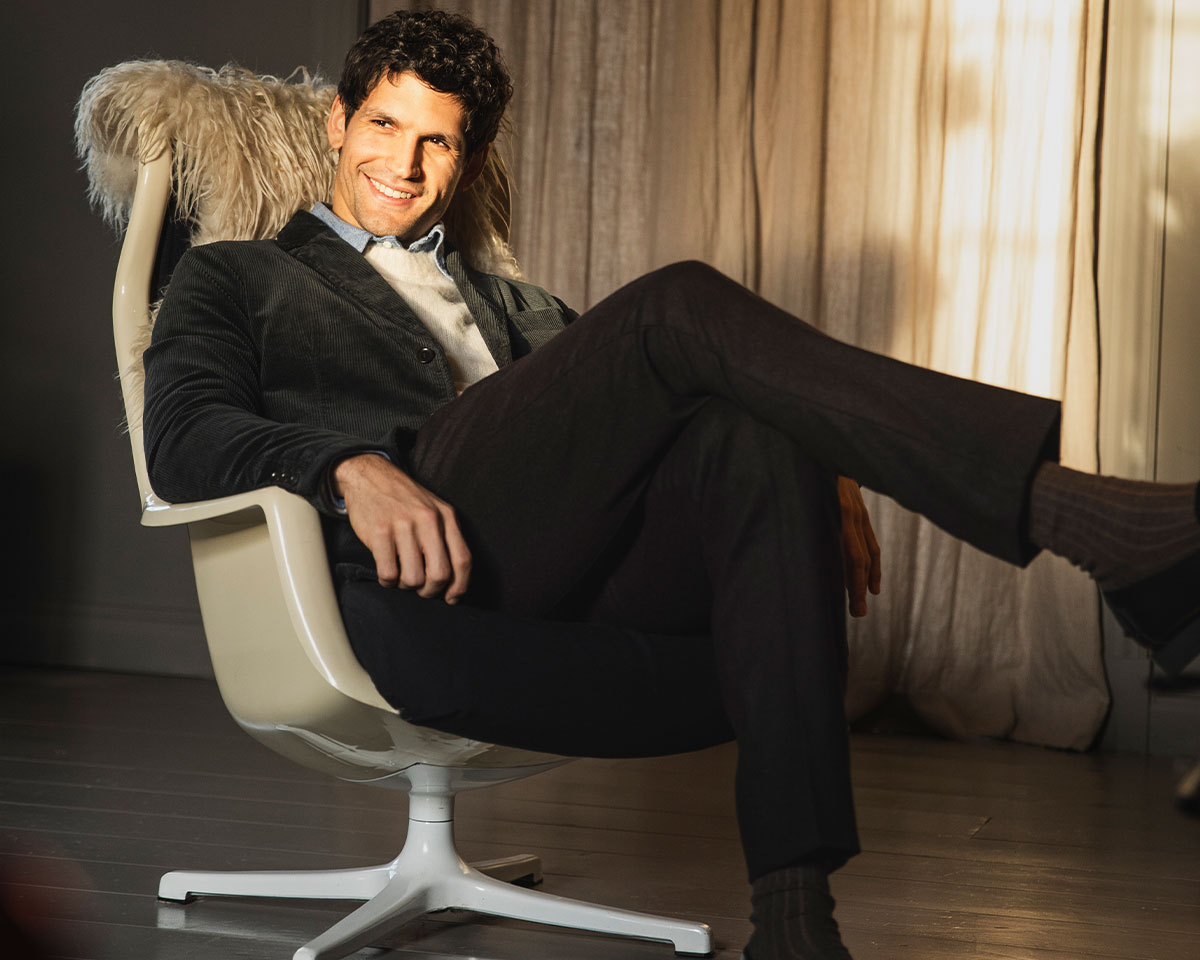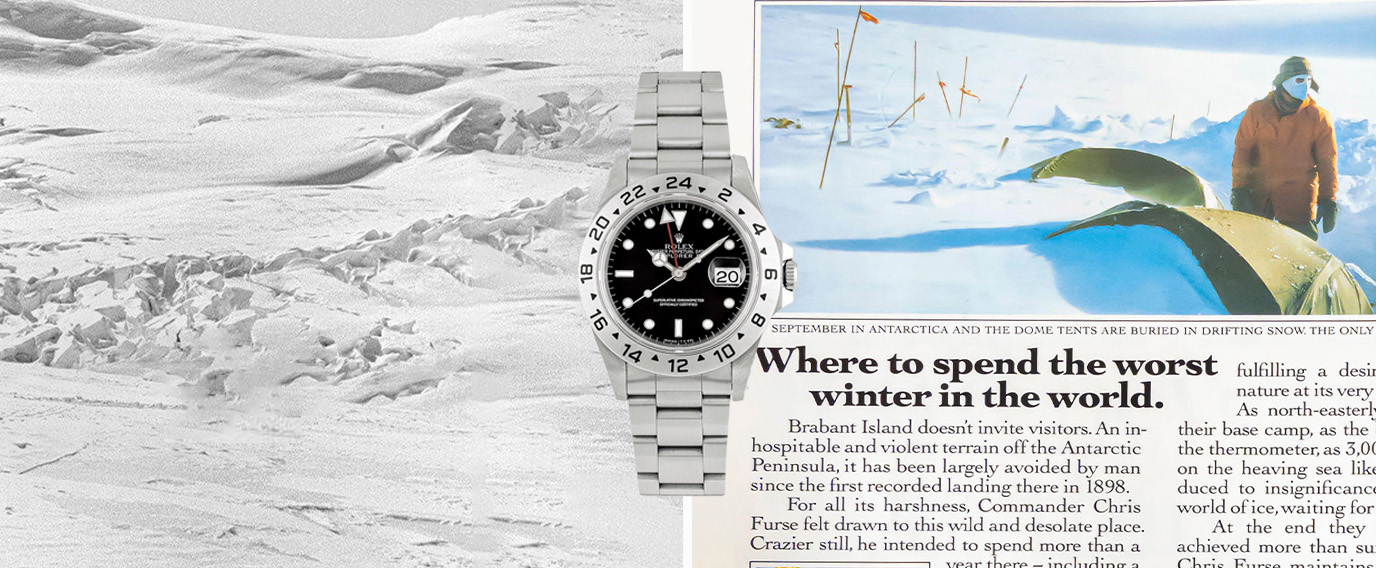
Rolex Explorer II: The obvious choice in Antarctica
Text: Joakim Rönnqvist
Photo: Alamy
Alright, I’ll admit it: Despite being born and raised in the forests of northern Sweden, only a few miles south of the Arctic Circle, I've never been particularly fond of snow and the cold. I’d rather daydream about a warm South Sea island, clad in swim trunks with a tropical drink in hand.
For Chris Furse, however, an adventure-hungry Brit with a line-up of the most impressive expeditions behind him, it was different. In 1984, he took on something unimaginable for most: an expedition to the icy, inhospitable terrain of Antarctica and Mount Parry.
Without today’s GPS technology, adventurers like Chris Furse relied on other navigational tools. For him, the choice was simple: a Rolex Explorer II, specifically crafted to handle the extreme challenges of Antarctica, where a reliable watch could mean the difference between success and danger.
We’ll return to his story shortly, but first, let’s take a look at the history of this model.
Rolex Explorer II launched in 1971
Since its debut in 1971, the Explorer II has undergone several transformations. The original reference 1655, also known as the "Freccione" due to its large orange 24-hour hand, set the standard for a reliable adventure watch.
It was designed for explorers like Furse, whose work often involved navigating environments where distinguishing between day and night could be challenging.
In the 1980s, reference 16550 was introduced, bringing several improvements, including a better movement and new dial colour options—among them the stunning white version (nicknamed the “Polar”), which has since become a favourite and remains part of today’s colour palette.
The current modern reference, 226570, has been updated from the classic 40mm size to a more robust 42mm. With its 100-metre water resistance, it’s not only stylish but also highly functional, making it ideal for everything from adventures to everyday situations.
What makes the model so special?
Let’s talk details. What sets this model apart from all other luxury watches? This isn’t just a status symbol—it’s crafted for those who push boundaries, without sacrificing that classic “Rolex look.”
The watch features a durable Oyster steel case, renowned for withstanding the harshest environments. Its luminescent markers ensure visibility in low-light conditions, whether you’re deep within a cave or stargazing in the wilderness.
Well-known wearers
With over 50 years of history, the watch has been worn by many, both famous and lesser-known figures.
- Gordon Ramsay, the renowned TV chef, has been spotted wearing a Rolex Explorer II ref. 16550 with a beautifully patinated dial. Due to a colour flaw, some white dials from that era have developed a “creamy” white patina, making these models particularly sought-after.
- Matias Concha, the former Swedish football pro with three national caps to his name, may not be as famous as Gordon Ramsay. However, if you, like me, are hooked on the Netflix series Selling Marbella, you might have caught a glimpse of his Rolex Explorer II ref. 16570 on his wrist.
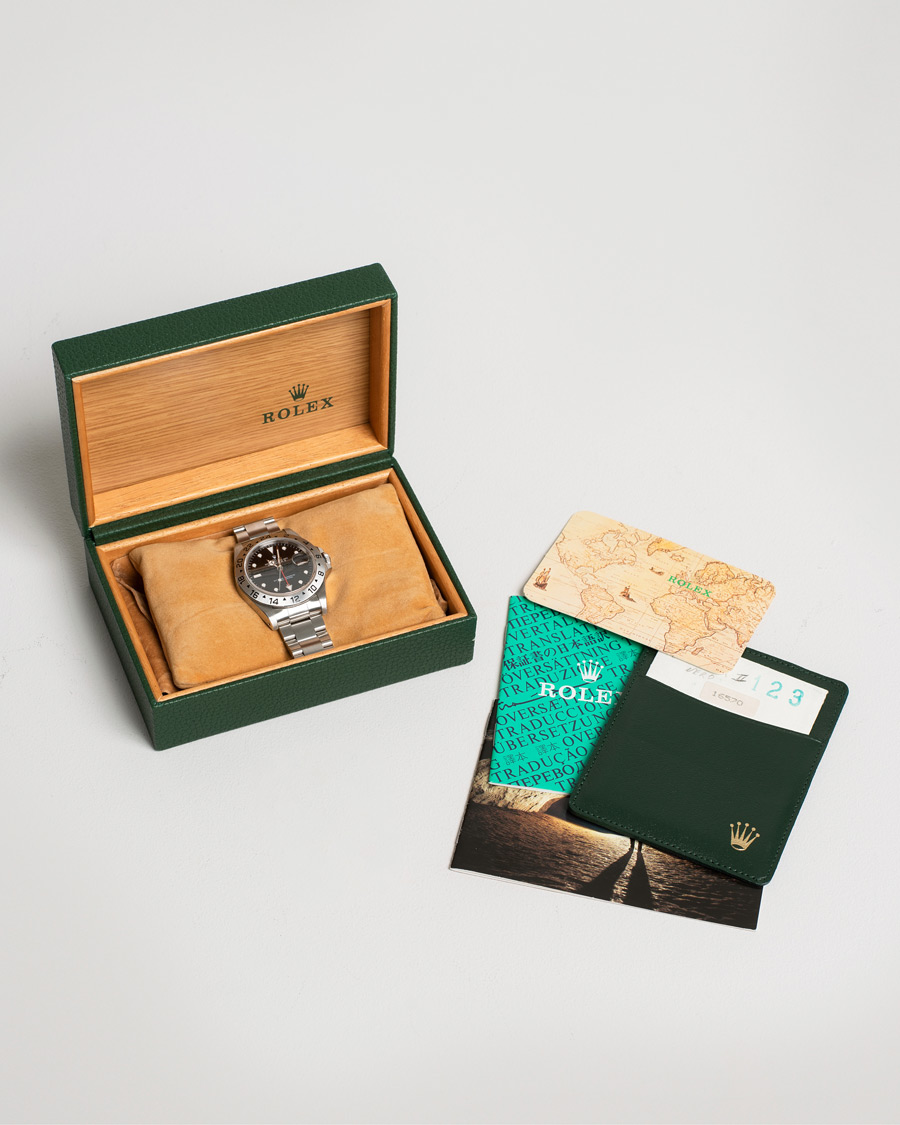
Did you know that…
Many believe that Steve McQueen wore this model, but that is wrong. Although the reference: 1655 is often referred to as "Steve McQueen”, he never wore it. The nickname comes from an incorrect article in an Italian newspaper in the 1970s.
Even if the truth was revealed, the nickname continues to live on in collecting circles.

9 months snowbound at the end of the world
So, how did it go for Chris and his team? As he prepared for the expedition, he knew it wouldn’t only be the extreme temperatures and inhospitable landscapes that would test him.No contact with the outside world. No radio checks, no external time references—just them, the vast ice, and their gear. In these conditions, time became crucial. The watch’s reliable 24-hour hand allowed him and his team to navigate the polar nights without losing track of time. With its help, Furse could keep track of the day and ensure that time was on his side. Its sturdy construction, fixed bezel, and dependability made it the ultimate choice for this kind of adventure.
"We had no external time control for nine months, and we didn’t need it."
After nearly a year snowbound on the icy continent, he could confidently say: "We had no external time control for nine months, and we didn’t need it." Chris Furse could simply rely on his Explorer.
Whether you're planning to embark on a polar expedition or just navigating the trials of everyday life, the model is a reliable partner – ready to help you keep time, even when the world around you doesn't.





